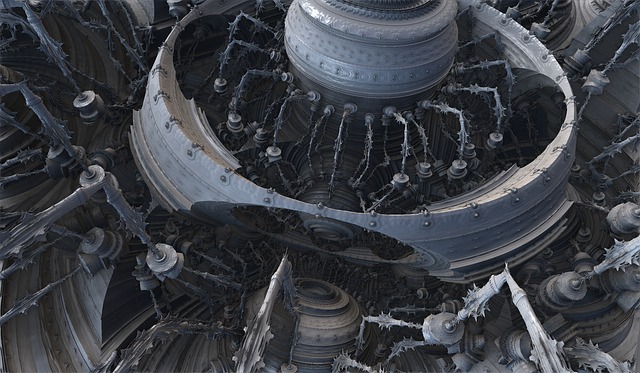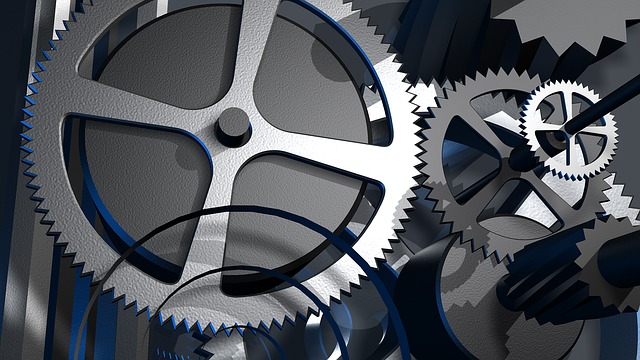The motor is one of the important cornerstones in the development of contemporary industry and technology. Permanent magnet synchronous motor(PMSM) motors have also found broad applications in different sectors because of their energy-saving characteristics, efficiency, and environmental protection. Among several performance indices of the motor, torque is an important factor in the operating performance determination of the motor. Torque generation, regulation, and control are subjects on which much detail is due regarding their relationship to the motor’s performance as well.

Basic concepts
Torque is one of the major physical quantities characterizing motor performance and describing torque developed during rotation. In a permanent magnet synchronous motor, torque generation would require a magnetic field, current, and the position of the rotor relative to the stator. It is among the main metrics in every performance of a motor and, in essence, shows the amount of torque a motor develops upon rotation.
The basic constitution of a permanent magnet synchronous motor includes a stator, rotor, and permanent magnet. The stator is provided with three-phase windings; after the passage of electric current, it produces a rotating magnetic field. The rotor is made of permanent magnets, and while intersecting with a rotating magnetic field of the stator, the permanent magnets of the rotor produce torque, further rotating the motor.
Operating Principle: The operating principle has it that PMSMs work mainly on the principle that the control of the magnetic field and torque of the motor is facilitated by controlling the magnitude and direction of the current. It allows an electric current to pass through the three-phase windings of the stator, developing a rotating magnetic field and, therefore, interacting with the permanent magnets in the rotor to produce torque. The magnetic field and torque of the motor are controlled by the change in magnitude and direction of the current, to achieve the purpose of controlling the motor and regulating speed.
Torque is the most important factor that affects permanent magnet synchronous motor performance. The magnitude of torque is directly related to the power output, efficiency, and response speed of the motor. The torque size depends on the generated power and response speed that a motor will generally produce. However, very high torque can cause not only heating but also lots of wear in a motor; therefore, controlling the necessary value of torque is important in some applications.
In addition, torque is closely related to the speed regulation performance of the motor. In permanent magnet synchronous motors, by changing the magnitude and direction of the current, modification in the torque of the motor can be allowed so that speed regulation of the motor can be realized.
Characteristics of the torque of a permanent magnet synchronous motor
Fundamental Principle: Most of the torque generation in a Permanent Magnet Synchronous Motor is essentially done with the interaction of magnetic field and electric current. When an electric current is passed onto a three-phase winding on the stator, it results in a rotating magnetic field. The developed magnetic field interacts with the permanent magnets embedded inside the rotor and is responsible for producing torque to run the motor.
Influencing Factors
Adjustment Methods
Control Techniques
Understanding these factors and their influence would surely promise efficiency and effectiveness in varied industrial settings by assuring the enhancement of the performance of PMSM motors in very diverse applications.

Torque optimization strategy
The optimization of the permanent magnet synchronous motor will help enhance torque performance and operation. Following are some of the basic strategies for torque optimization:
Optimize the magnetic field design: It is possible to perform optimization in the design of a magnetic field for better torque output and efficiency of the motor. This can be done by either changing the number of poles of a permanent magnet or by changing the distribution of the stator windings.
Precise control of the current Pr ecise current magnitude and direction control can serve to attain the same precise torque control. For example, precise control of the current can be achieved by the use of sophisticated current control algorithms in addition to sensor technology.
Optimize the rotor structure: The rotor structure optimization will enhance the output torque and efficiency of the motor. For example, changing the material, shape, or structure of the rotor will be involved in optimizing the structure of the rotor.
Adopt advanced control algorithms: Advanced control algorithms such as fuzzy control and neural network control can be applied to develop a more accurate control of motor torque for performance enhancement. Advanced control algorithms, including fuzzy control and neural network control, can be done for the implementation of precise control motor torque.
With advancements in science and technology, there will be continuous development regarding the torque technology of PMSM. In the future, we would like to see much more efficient use of torque technology in contributing to energy-saving and environmental friendship for industrial and technological development. Further realizations of efficient, stable, continuous, and sustainable motor operation in the future are believedconcerningo continuous in-depth research and practical application of PMSM torque technology.